the answer is 6.
8 Examples of How to Solve Rebus Puzzles
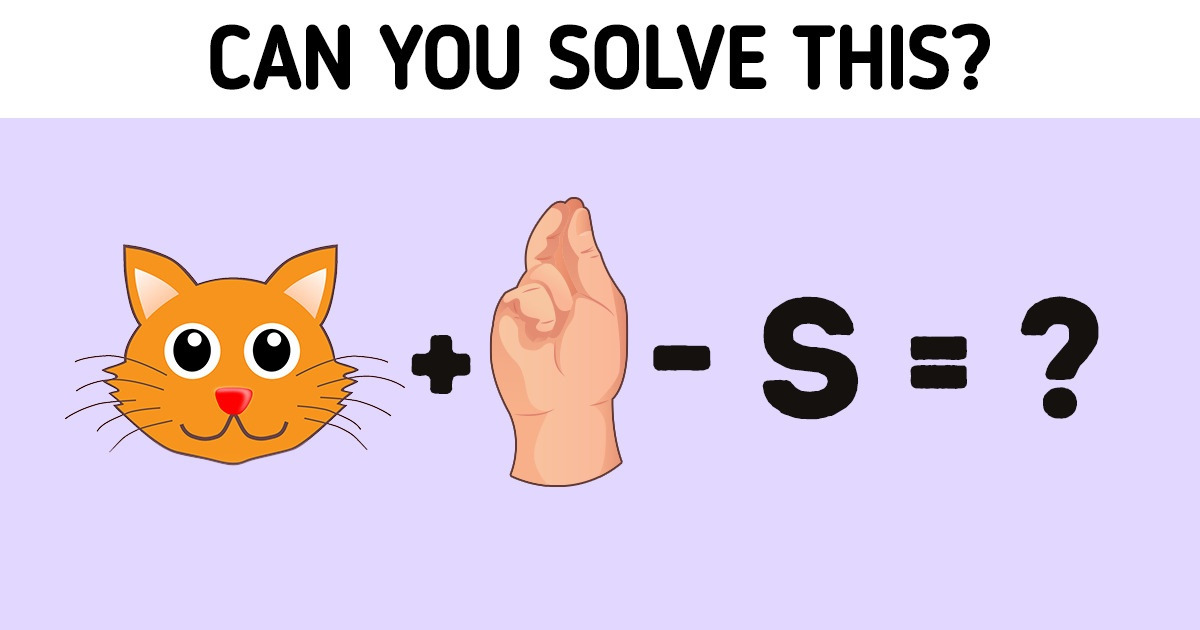
Mathematical rebuses are graphical puzzles in which numbers and arithmetic operations are encrypted. To solve them, one normally needs to use logical thinking and savvy. Moreover, they develop non-standard thinking because a mysterious picture can be interpreted differently while searching for the answer.
There are certain tricks you can use to solve these puzzles. Understanding the positioning of words is one of them. But, a rebus puzzle is so much more and it might take a lot more brainpower to be able to solve it. So, are you interested in how to solve these tricky rebus puzzles? We have prepared some tricks to help you succeed in solving rebus puzzles. Read more in this article.
Why rebus puzzles are beneficial for our minds
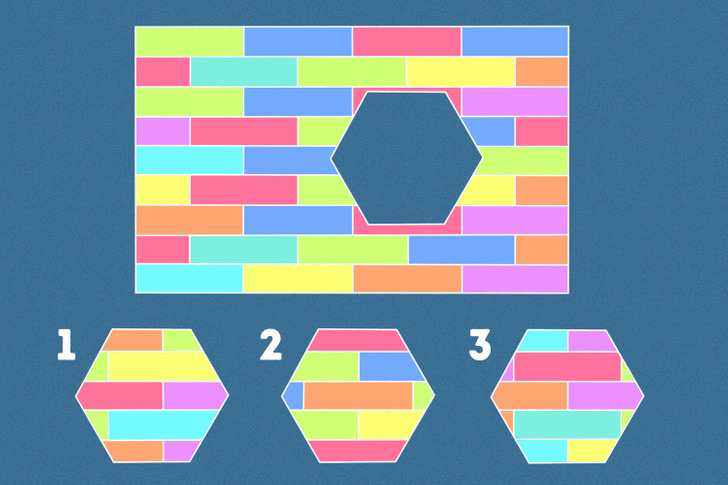
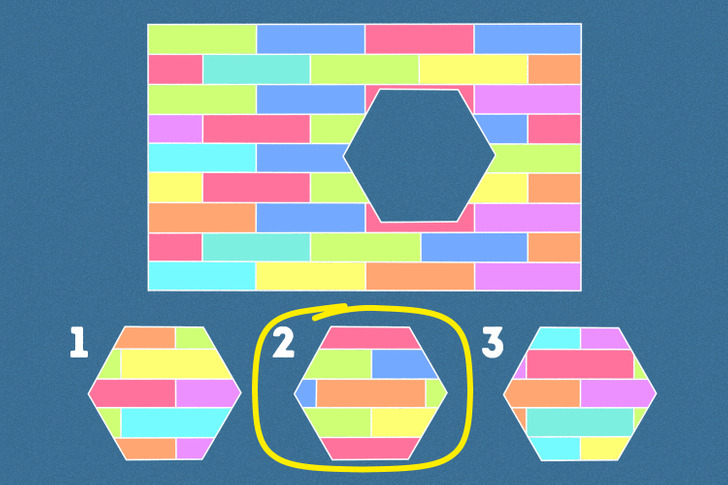
- Your brain performance might get better: Even though it’s not magic, brain games can still help us improve our brains. Playing a specific game more than once might change the way our minds work. By playing these types of games, the brain has a better chance to rewire its chemistry, structure, and function when it responds to challenges.
- It could help your brain stay younger: Mental decline, most of the time, comes with age, and games that can train the brain can have a positive effect. Some research showed that participants that indulged in puzzles experienced benefits, like an increased speed of processing and better reasoning.
- Puzzles can give your brain a workout: Brain games might be just the right way to challenge and tease your brain. Any type of game that makes you use your mind can increase the speed of your brain and your memory. This is because most puzzles rely on math and word skills, as well as logic.
- We might start to feel happier: Researchers have found that the rush of excitement we experience from an insight after solving a problem produces dopamine. This hormone is responsible for giving us the feeling of happiness and relief.
In what ways mathematical rebus puzzles are different from normal rebus puzzles
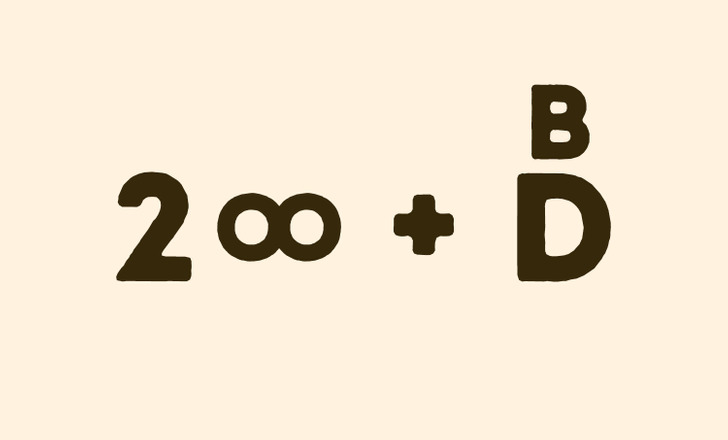
A rebus puzzle is a brain teaser where a word or a phrase is encrypted with the help of pictures and words. Some linguists believe that this kind of riddle formed the basis for the appearance of hieroglyphs in several languages. In the eighteenth and nineteenth centuries, people often used puzzles to encrypt individual words in correspondence.
A mathematical rebus is also a brain teaser with pictures and numbers. But in order to solve it, one needs to use a mathematical approach or to recall the algebraic language. For example, look at the picture above. It has an English phrase encrypted in it. If you say the names of the symbols from the left to right, you’ll get: 2 (the number two) + Infinity (the symbol of infinity) + Beyond ( B on D) — to Infinity and Beyond.
This brings us to the conclusion that any picture or symbol in a rebus has some role in solving the puzzle.
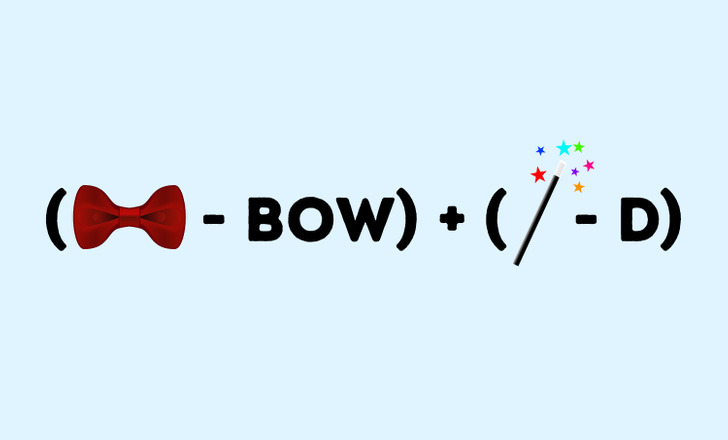

So in order to solve some rebuses, it’s important to know the language they are made in. To solve the rebus above, you need to know the 4 main arithmetic operations (addition, subtraction, multiplication, and division) and apply logical thinking.
Therefore, in the left part of the equation, you need to place mathematical signs between the numbers so that the result is zero on the right side. The solution: 9 × 8 − 7 − 65 = 0.
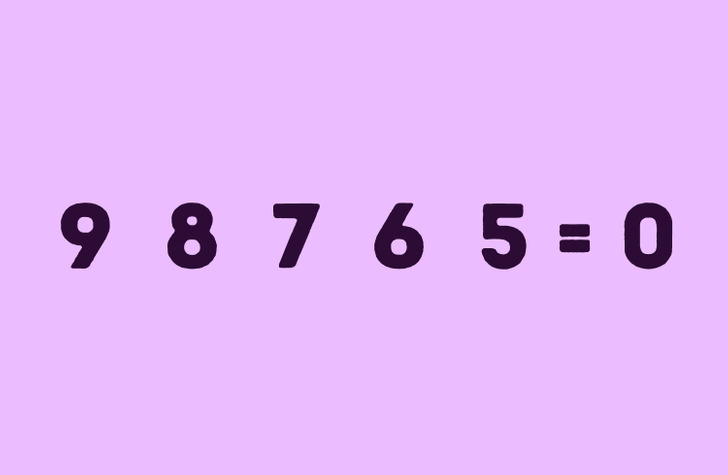
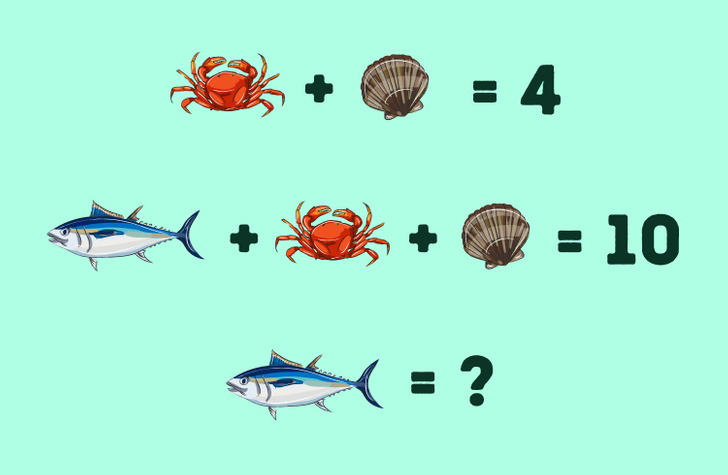
A rebus can hide a numerical expression. In the picture above, there is a simple puzzle encrypted — it has 2 equations with unknowns. In order to solve it, we need to take into account that all the equations are connected with each other, while the pictures are hiding integers not equal to zero.
In the first equation, 1 crab and 1 seashell make 4. It means we are talking about 2 different addendums that make up 4. It’s quite easy to find them — 3 and 1. In order to know what the fish equals, we need to subtract the sum of the known 2 terms from the sum of 3 terms. We get: 10 − 4 = 6. It means the fish equals 6.
After having figured out how to solve such a simple rebus, we can move to one that is more complicated.
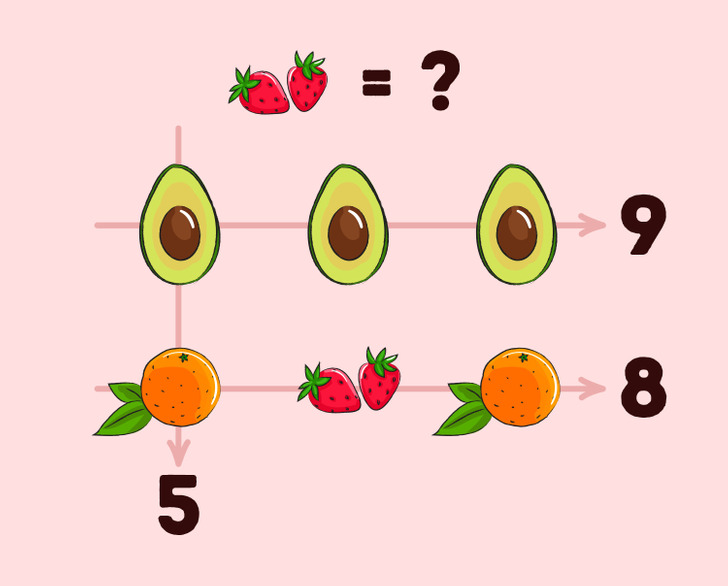
Such puzzles can look different. For example, the picture above shows a chart with avocados, strawberries, and oranges.
- If you sum up all avocados in the first row, you’ll get 9.
- If you sum up all berries and fruits in the second row, you’ll get 8.
- If you sum up all avocados and oranges in the first column, you’ll get 5.
You need to find out what strawberries are equal to. This puzzle looks like the previous one but it is illustrated a bit differently and is a bit more complicated. If you solve it correctly, you’ll get 4: avocado equals 3, while an orange equals 2.
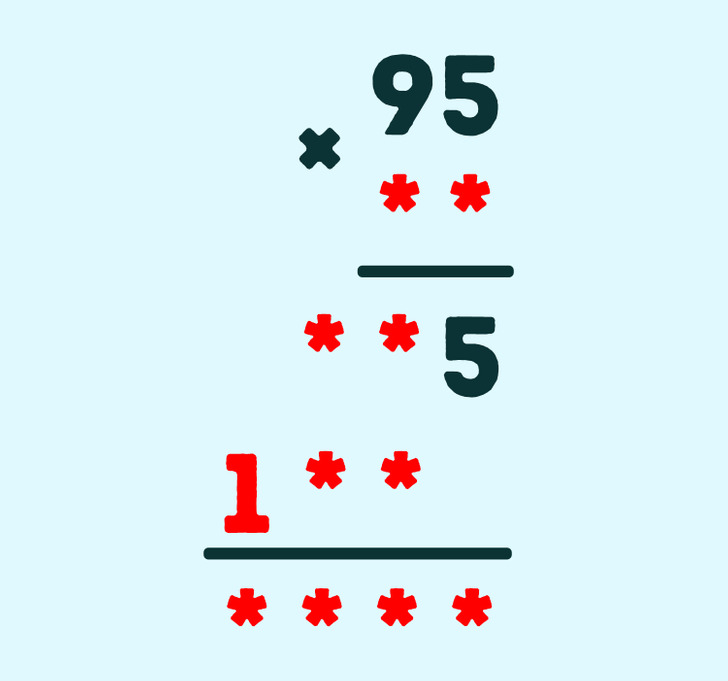
A math rebus can also look like a regular numerical equation where, instead of numbers, there are stars or dots as is shown in the picture above. In the case of this example with multiplication by a column, the method of selecting products and sums, as well as logical thinking, will help. The 2 first stars are the number 23, then it’s 285 and 190, and the last number is 2 185. Eventually, we get, 95 × 23 = 2 185.
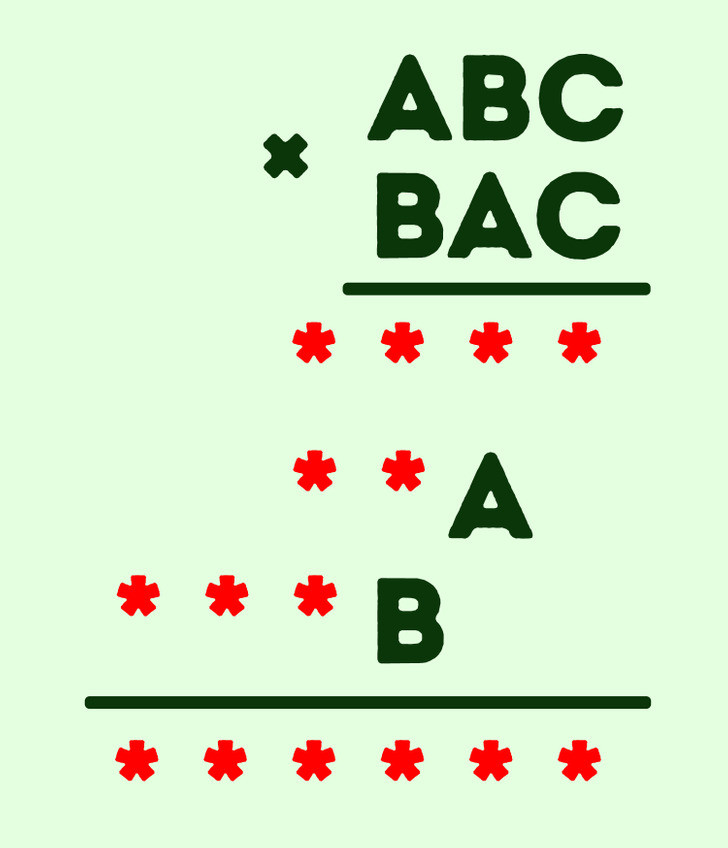
This rebus can be complicated by replacing numbers with letters. In the picture above, multiplication of two 3-digit numbers by a column is encrypted. Let’s look closer at the solution:
- Look at line 4 where we have the result of ABC × A multiplication. If the last digit of this product equals A, it means it is not 1, otherwise, C would also equal 1. At the same time, A can’t be bigger than 3, otherwise, the product would have a 4-digit number. It means A = 2 or A = 3.
- If A = 3, C should equal 1. But it’s not correct because ABC × С makes up a 4-digit number in line 3. It means A = 2, while A × C should give the number that ends with 2. It means C = 6.
- Let’s look at line 5 where we have the result of ABC × B or 2B6 × B. The last digit of this product equals B and we also get it with 6 × B. It means B can be hiding either 4 or 8. In the first case, we will have 246 × 4 = 984, which doesn’t correspond to a 4-digit product. It means B = 8.
All in all, A = 2, B = 8, and C = 6. Therefore, 286 × 826 = 236 236. In line 3 we get 1 716, in line 4 we get 572, in line 5 we get 2 288. The rebus is done!
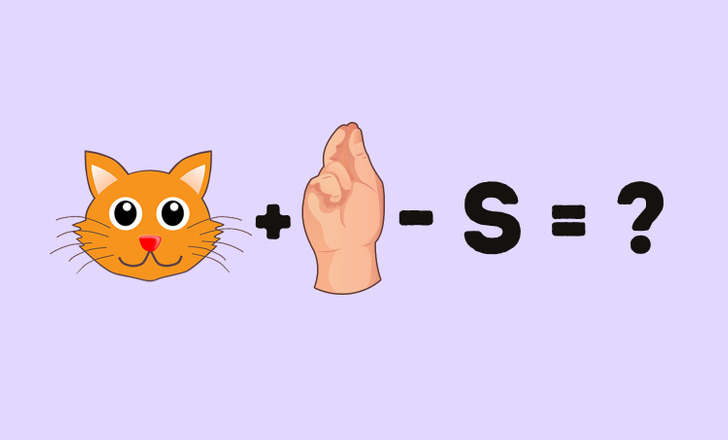

Ways you can check a rebs puzzle to find its solution:
- Positioning: The positioning of words and letters relative to each other is often used to replace a word or part of a word.
- Highlighting: There may be an arrow, circle, or square highlighting one part of the rebus, which is often a clue pointing to an adjective to describe the word shown.
- Font Properties: Displaying the word in a different color, size, direction, or style is likely a clue to an adjective or verb to pair with that word.
- Homophones: To be clever or tricky, rebuses sometimes lead you to a word that sounds like (but is not spelled like) another word or part of another word. Tougher and more creative rebuses use this quite often.
- Repetition: Some rebuses contain multiples of words, and the number of times the word appears can usually be interpreted as a word or part of a word in the phrase. The number is sometimes replaced with like-sounding words (see homophones above) in the phrase
Bonus: rebus puzzles that many people might think they have an easy solution to
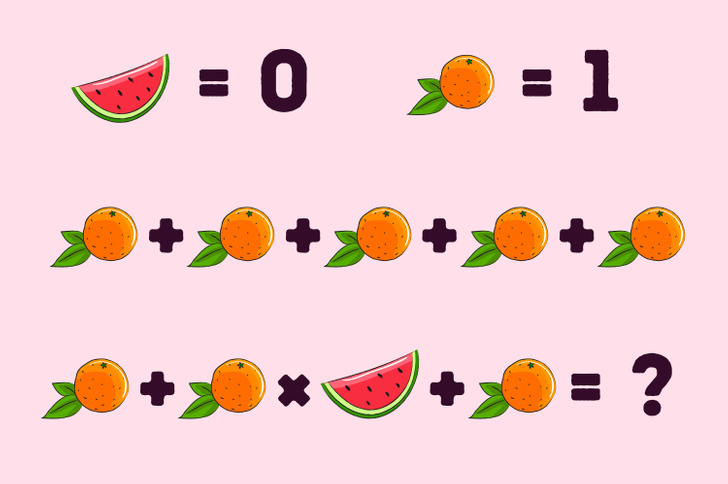
Look at the picture above and try to solve the equation as fast as possible. It’s very likely that you will make a mistake. Why?
If you replace oranges and the watermelon with numbers, you’ll get 1 + 1 × 0 + 1 = 2. Perhaps some of you got 7 as the result because you took the first line into your calculations. In fact, if all the oranges and watermelons were a part of one equation, the second line would start with a plus sign. That’s why we should only sum up and multiply the objects located in line 2.
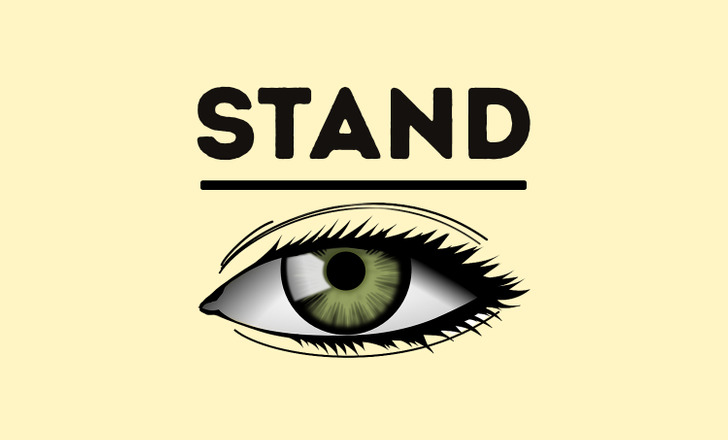
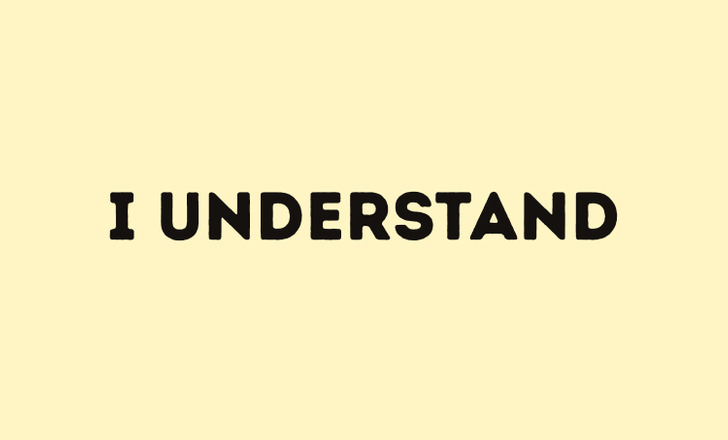
If you were to try and solve any of the rebus puzzles shown above, how would you approach the issue? Would you looks closely at the picture or try to find out the hidden solution in the words shown in front of your eyes?
Comments
Related Reads
20 People Shared How They Managed to Stop Freeloaders From Taking Advantage of Them
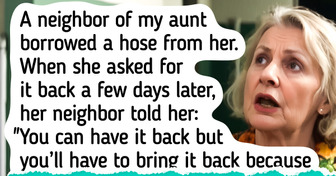
15+ Times People Made a Fresh Start and Needed to Adjust to Their Reflection in the Mirror

A Baby Was Born with a Rare Skin Condition That Confused Doctors for 20 Years — Now He Looks Completely Unrecognizable

I Was Shamed by Doctors for Years — Until a Shocking Truth Was Finally Revealed

Descendants of the Most Handsome Actors of the 20th Century at Their Most Look-Alike Moments

55k People Reveal the 20 Hottest Female Celebrities Over 50

15 Iconic Runway Moments Proving the Fashion World Is Truly Astonishing

“Looks Like She Had Her Implants Removed,” Scarlett Johansson Debuts Her New Figure

15 Hidden Costume Details in Movies and Shows You Probably Never Noticed
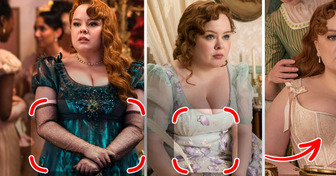
10+ Wardrobe Choices You Don’t Realize Are Ruining Your Look
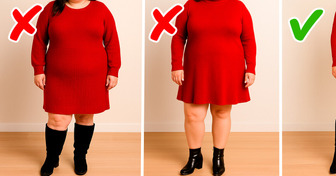
8 Famous Couples Who Proved to the World That True Love Will Overcome Any Difficulties
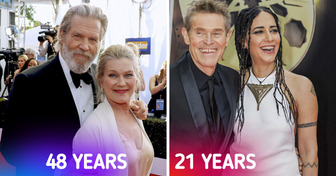
Psychologists Reveal 8 Quiet Marriage Killers You Might Be Overlooking
